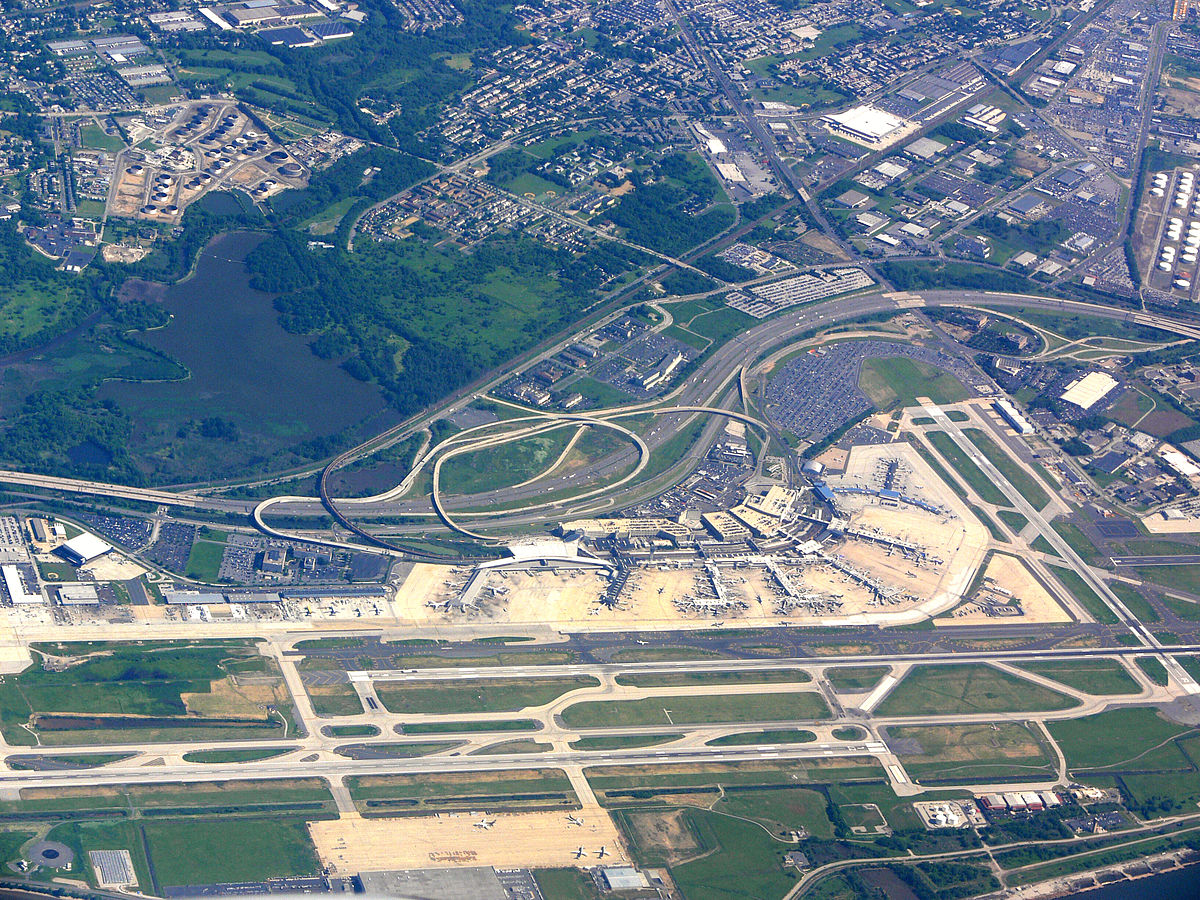Exclusive channels are hard to come by—period. They are next to impossible to find in major, urban areas. If you forget to renew your license, the channels that were once associated with the expired license automatically become available for assignment to another applicant. It doesn’t matter how long you may have held that license. It doesn’t matter how much you need it. If it is expired, all rights to the channels are gone.
What happens when a company inadvertently allows a license to expire and rights to exclusive-use channels, critical assets in trunked radio systems, are lost?
 Luckily for a large pharmaceutical company, one of EWA’s dealer members knew to call EWA. Immediately, EWA’s experts began looking for a resolution to this serious issue.
Luckily for a large pharmaceutical company, one of EWA’s dealer members knew to call EWA. Immediately, EWA’s experts began looking for a resolution to this serious issue.
First, in an effort to save the company from having to invest in additional equipment, EWA searched for exclusive frequency availability within the 450-470 MHz band, the same band as the original license. No luck. So, if the company wanted to deploy a system similar to the trunking system that they had been using, it would need to locate exclusive channels and invest in additional equipment.
The company desired exclusive channels in order to ensure the security of communications. EWA examined the variables that could affect the results of frequency searches, such as site locations, overall antenna height and output power, and ground elevation. Then, EWA conducted a number of searches using various options.
Most searches turned up frequencies with nearby incumbents. EWA feared that this would be the case for all bands, given the location’s proximity to Philadelphia. In such instances, EWA will work to negotiate a relocation agreement—if nearby incumbents are willing to change channels. Relocation costs would have to be paid for by the pharmaceutical company. EWA began contacting a few of the incumbents on some of the relevant channels to see whether any would be willing to relocate.
At the same time, EWA spectrum experts kept looking for other options. One search returned promising results, specifically, two exclusive frequencies primarily established for air transportation applications were identified for the pharmaceutical entity under the following conditions:
- Use of the two frequencies would be secondary to air transportation operations if the applicant’s transmitter sites were at locations greater than 16 km (approximately 10 miles) but less than 80 km (approximately 50 miles) from specifically identified airports listed in the FCC’s rules;
- The system’s power would be limited to 10 watts effective radiated power (ERP); and
- Use of the frequency would be “restricted to the confines of an industrial complex or manufacturing yard area.”
The nearest listed airport was the Philadelphia International Airport, which is located 35 miles away from the company’s industrial manufacturing complex. The company gave the go ahead to secure the two channels identified by EWA, and because the system met the requirements of the FCC’s limitation, no waiver was necessary. EWA filed an application and a license was issued in conformance with EWA’s certification. Armed with the new exclusive use frequencies, the company’s trunked radio system architecture was modified incorporating the new channels.
Image: Andreas Praefcke


